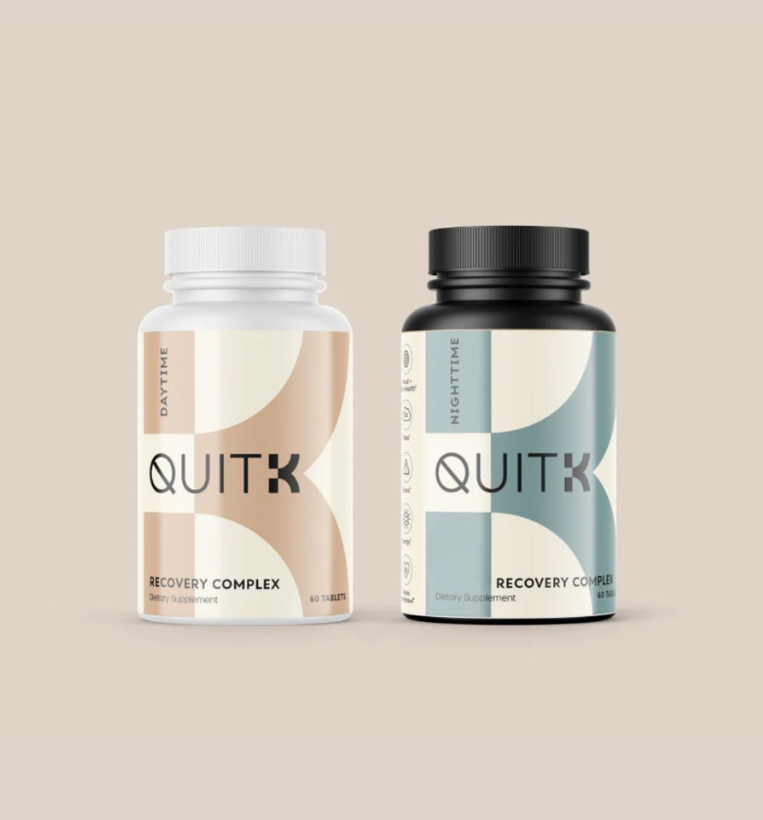Most people start using kratom as a replacement for another substance.
I’ve heard of kratom helping to replace alcohol, benzos, etc. Some people don’t have any other dependencies but consume kratom and enjoy the initial benefits of kratom. Either way, most of these consumers start taking kratom thinking it is a natural, healthy substance and a great alternative to drugs and alcohol. It’s an easy substance to get hooked on as it’s widely mismarketed and very accessible with no warnings of addiction and horrible withdrawals.
At first, there are no real negatives for most people.
The benefits of kratom can mask the consumers anxieties, pain, or help them to increase energy and sleep at night. Usually within months these consumers realize they’re taking 10x the amount of their initial dosage to get the same effect. They can’t start their day without kratom or make it through the day without refueling 2-5 more times throughout the day and sometimes through the night. Common side effects of kratom start to occur like brain fog, fatigue, irritability, restless legs, hair loss, hormone imbalance, etc. Kratom has officially turned on them which it will do to everyone at some point if they are using kratom every day for long enough. They then try to cut back or quit the substance only to experience horrific withdrawals from kratom that can include restless legs, night sweats, insomnia, seizures, shaking, headaches, abdominal pain and severe anxiety which usually lasts about a week.
When someone suddenly stops using the substance after consistent use, the brain no longer has the chemicals to trigger neurotransmitters and endorphins to release.
The brain must re-adjust to being without the substance, which can take months to recalibrate. Once a person is able to get past PAWS and back to feeling good and doing their everyday activities with more ease than the risk of relapse decreases immensely.
The final stage of detox, known as post-acute withdrawal syndrome (PAWS), occurs as the brain is trying to re-calibrates after active addiction.
Unlike acute withdrawal, which is primarily physical withdrawal symptoms, the symptoms of post-acute withdrawal are primarily psychological and emotional symptoms. PAWS can last months and can not only be discomforting, but symptoms can appear sporadically, making PAWS a driving factor for many individuals to relapse. PAWS are typically the same for most individuals in early recovery as their brain chemistry has become dependent on a substance that is no longer present in the body.
The formula of QuitK is designed to help your brain chemistry readjust faster by boosting dopamine and serotonin.








